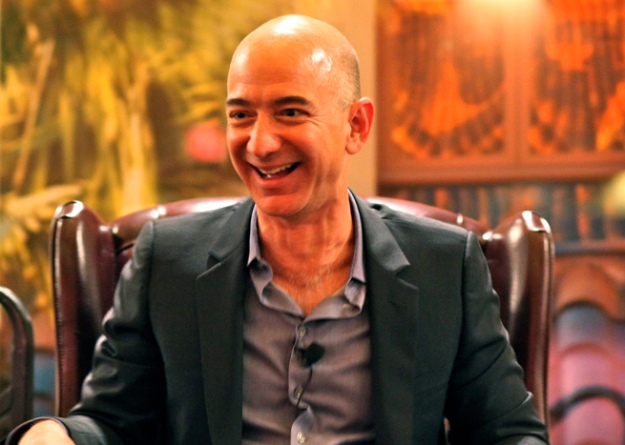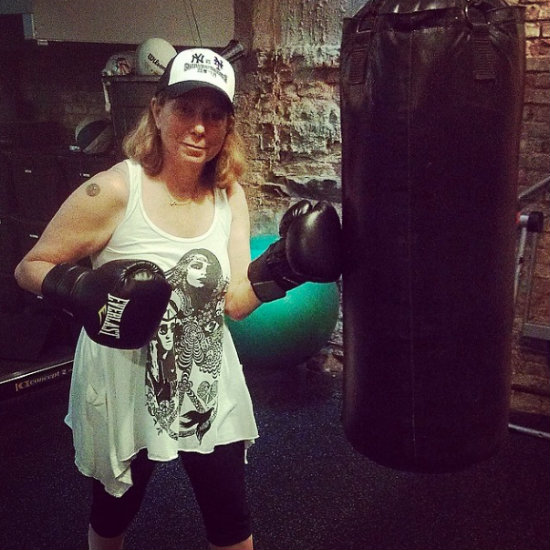Previously published at WGBHNews.org.
Where are all the women? For those of us who’ve spent much of our lives working in newsrooms, it’s a question that has no good answer. As far back as the 1970s, when I was in journalism school, women outnumbered men in the classroom by a substantial margin — a phenomenon that, if anything, has become even more pronounced. Yet at news organizations everywhere, men predominate. And that is especially true in leadership positions.
Now two longtime journalists have written a book aimed at explaining that imbalance and, more important, offering case studies and advice for young women seeking to survive and thrive. “There’s No Crying in Newsrooms: What Women Have Learned about What It Takes to Lead,” by Kristin Grady Gilger and Julia Wallace (Rowman & Littlefield, 216 pages, $32), ought to be required reading for journalism students (as it is for my ethics class at Northeastern) — and not just for women but also for men, who need to understand the obstacles that women face.
Gilger and Wallace are colleagues in the Walter Cronkite School of Journalism and Mass Communication at Arizona State University. More to the point, they both helped blaze a trail for women who seek to move up into the highest ranks of journalism. Wallace was the first woman to serve as editor-in-chief of The Atlanta Journal-Constitution. Gilger worked in top editing positions at The Arizona Republic, The Statesman Journal of Salem, Oregon, and The Times-Picayune of New Orleans.
“There’s No Crying in Newsrooms” comprises a series of chapters on the challenges that women must deal with, from proving their worth to pay equity, from sexual harassment to finding the right balance between work and life — something that ought to be taken as a given for journalists of any gender, but whose burden still falls more heavily on women. Each chapter ends with a personal essay and advice from one of the two authors, giving it the feel of a how-to book.
How bad can it get? According to Gilger and Wallace, “When one female reporter who covered health asked for a raise, the metro editor replied, ‘Your husband is a dentist. What are you worried about?’”
Among the many fascinating case studies (Gilger and Wallace interviewed more than 100 women) are those of Marcy McGinnis, who rose from working as a secretary at CBS News to senior vice president of news, and Wanda Lloyd, an African American journalist who was raised in the South during segregation and served for more than eight years in Alabama as executive editor of the Montgomery Advertiser.
Lloyd’s story is especially poignant. In an effort to make the Advertiser more welcoming to African American readers, Lloyd banished front-page mug shots of black men and ended the annual practice of photographing a birthday cake for Robert E. Lee Those initiatives were not always supported by the paper’s white readers — and Gilger and Wallace write about a moment after one of those readers complained that the Advertiser was giving too much coverage to African Americans.
“I had never in my life lost it like that before,” Lloyd is quoted as saying. “I sobbed uncontrollably for at least five minutes. My whole body was shaking. I just had never encountered anything like that. I had encountered racism all my life, but this racism was directed directly at me as an employee, as a journalist, as a person. Later, I was surprised they didn’t call an ambulance for me; that’s how bad it was.”
The Advertiser is a Gannett paper, and Gilger and Wallace go out of their way to praise the company’s late chief executive Al Neuharth for his commitment to diversity; both authors worked for Gannett at various times. Neuharth believed that appointing more women and people of color to leadership positions would broaden his papers’ audience.
Which leads to my only complaint about “There’s No Crying in Newsrooms.” The Neuharth years were profitable ones for Gannett — very profitable. As the late Ben Bagidikian documented in his oft-updated book “The Media Monopoly,” Gannett’s papers regularly ran up profits of 30% to 50%, margins that are wildly incompatible with quality journalism. When the bad times came, Gannett, like other chain owners, failed to invest in the future.
Today, Gannett is about to merge with GateHouse Media, another cost-slashing chain, while its Newseum is on the verge of closing. I don’t doubt Neuharth’s sincerity with regard to diversity. I just wish Gilger and Wallace had at least made a mention of Gannett’s role in the decline of the newspaper business — brought about by larger forces, to be sure, but worsened by corporate greed.
The authors devote a chapter to Jill Abramson, the first executive editor of The New York Times, who was fired by then-publisher Arthur Sulzberger Jr. under circumstances that have never been adequately explained. Gilger and Wallace come to roughly the same conclusion that Abramson herself did in her book “Merchants of Truth” — that is, it was a combination of sexism and her own shortcomings as a manager and a leader.
They also offer this choice tidbit about Abramson: “During one meeting, she pointed out that the headline on a story posted on the Times’ website was incorrect. When the editor responsible for the page didn’t get up immediately to fix it, Abramson asked him what he was still doing in the room.” If I were Sulzberger, I’d have been tempted to make her editor for life just for that.
The book ends on something of a down note, as the authors observe that, as of 2018, “women in media held fewer positions of power, were promoted more slowly, and made less money than their male counterparts.” Women in the news media also continue to deal with bad behavior in the workplace, ranging from disrespect to sexual harassment and assault.
Ultimately, though, Gilger and Wallace argue that the fight is worth it — that journalism and democracy are better served if newsrooms more closely reflect the broader culture. I hope this book is read not just by aspiring journalists but by newsroom leaders as well. A problem can’t be solved unless it’s first understood, and “There’s No Crying in Newsrooms” explains it well.









 By Bill Kirtz
By Bill Kirtz